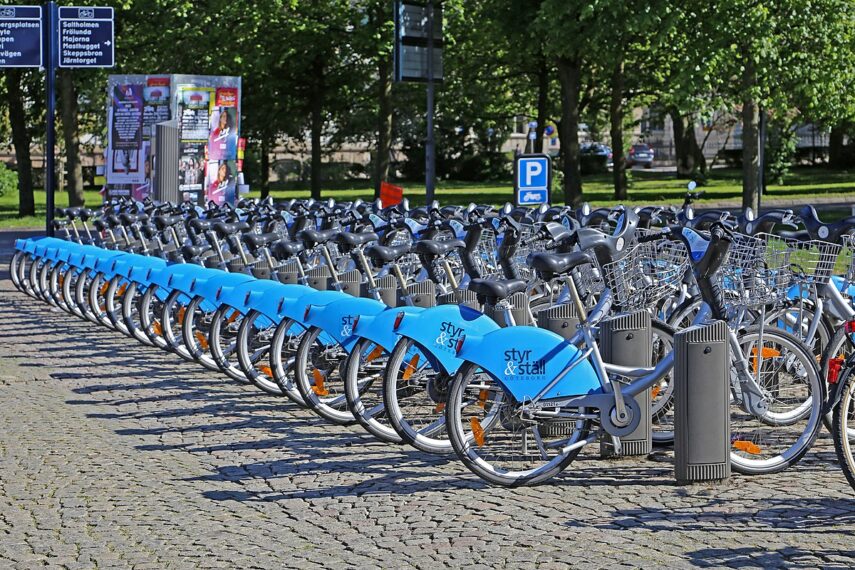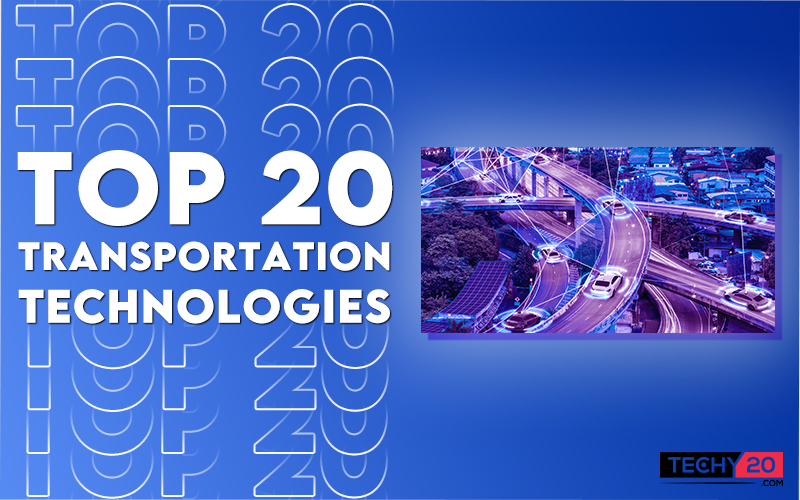Wheels are considered one of the most inspiring innovations that changed the whole history of humankind. They began by creating new techniques and items to make their work easier. That was the first step in the transportation system. Humans later invented automobiles, vehicles, railways, and airplanes. And we witnessed self-driving vehicles, as well as automatic and sensible transportation systems. Vehicles with the speed of sound are not a fantasy story anymore. And we are expecting an era in which the whole transportation system will be controlled by artificial intelligence. So, here we are listing the top 20 latest transportation technologies that have brought a drastic change in the history of transportation.
1. Maglev Trains
Maglev train is a train system in which two electromagnets are used. The set of two electromagnets will perform the basic magnet principle, attraction, and repulsion. The first electromagnet will repel from the train track, and that will cause a push from the track. Then the other electromagnet will use the lack of friction as an advantage and push the train forward. Due to the power of electromagnet sets, Maglev trains are the fastest.
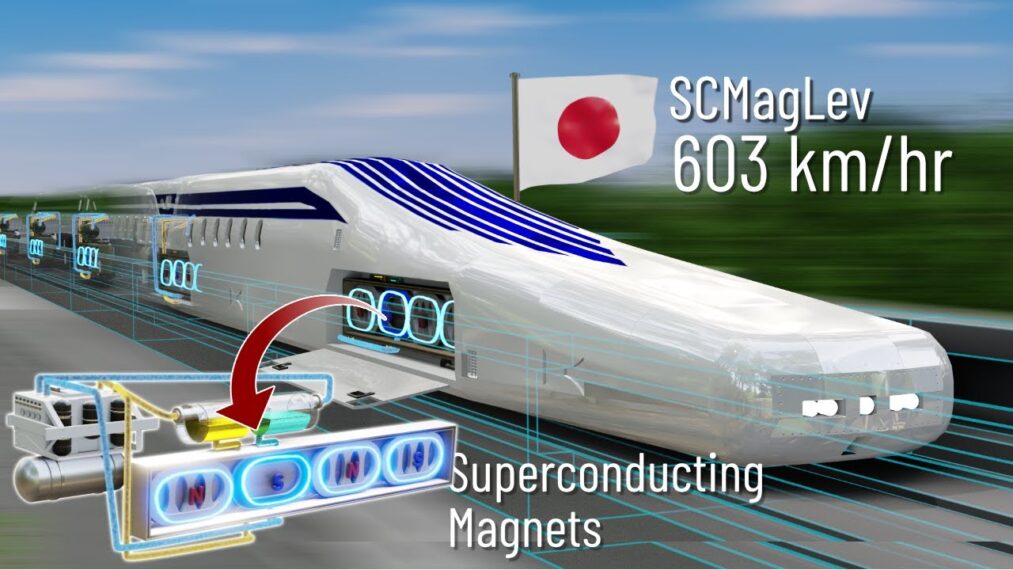
2. Multidirectional Elevators
A multisystem or multidirectional elevator is an elevator system in which electromagnetic induction is used. As the name indicates, electromagnetic induction will support the movement of elevator cars up and down and sideways. These elevator will solve the problems related to rope length and elevator cars. The movement will be faster regardless of the height of the building.
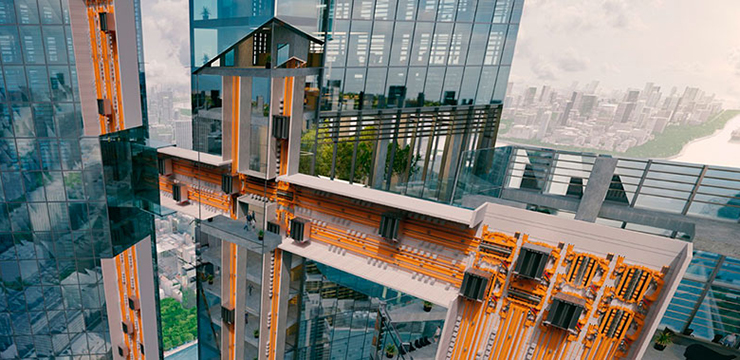
3. Hypersonic Air Travel
The speed of light and the speed of sound are faster than human imagination. But the same human can fly at a speed that is greater than the speed of sound. The aircraft that can fly faster than the speed of sound is called hypersonic air travel. The slightest dislocation of air is significant at this speed. This enables rapid military response, even over long distances, faster commercial air travel, and faster access to space.
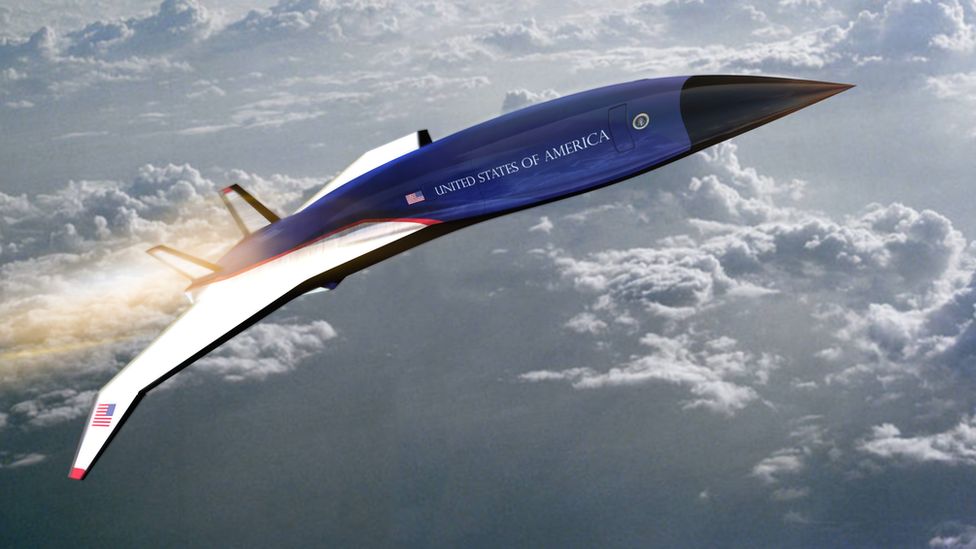
4. Electric Vehicles
Engine power is considered the main attraction and decides the efficiency of modern vehicles. But the pollution caused by these engines is toxic. They are one of the main reasons for air pollution, followed by climate change. To solve this problem, technology introduced electric motors. The electric motors replaced the internal combustion engines. They used electricity instead of fuel and controlled pollution.

5. Self-Driving Transportation
Self-driving transportation refers to a driverless transport system in which the vehicle will manage the duties of a human as a driver. The ultrasonic sensors in the vehicle’s system will generate maps based on the network and its surroundings. Reducing accidents by obeying traffic rules is the main attraction of these autonomous vehicles. In a self-driving transportation system, human hormonal imbalances or errors will not cause an accident.
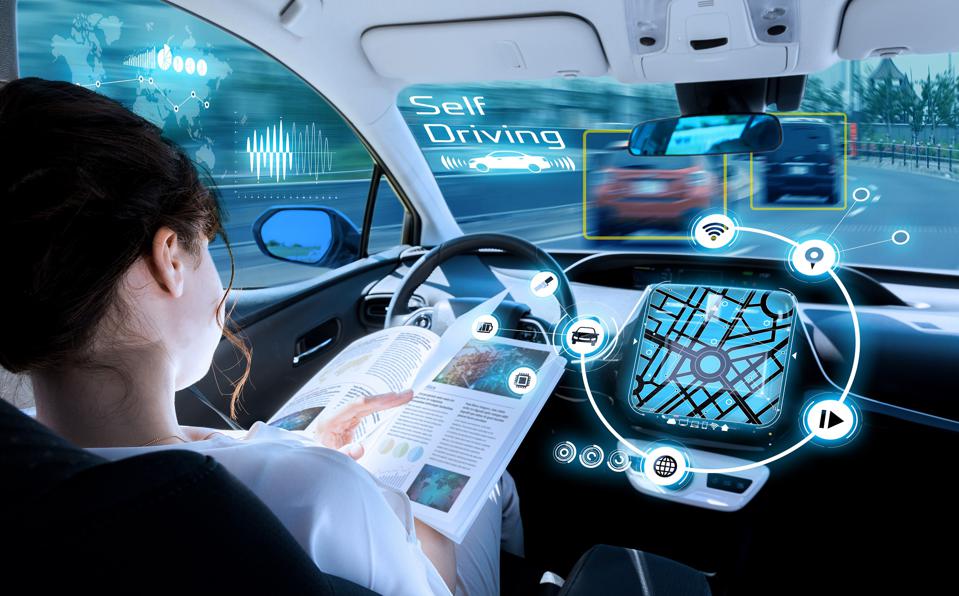
6. Gyroscopic Vehicles
The type of vehicle system in which the vehicles are upraised above the normal traffic system. And multiple layers are present in this system. Gyroscopes are large pods lifted on adjustable legs that can adjust and contract in response to traffic demands. The entire structure is designed to be flexible and balanced.
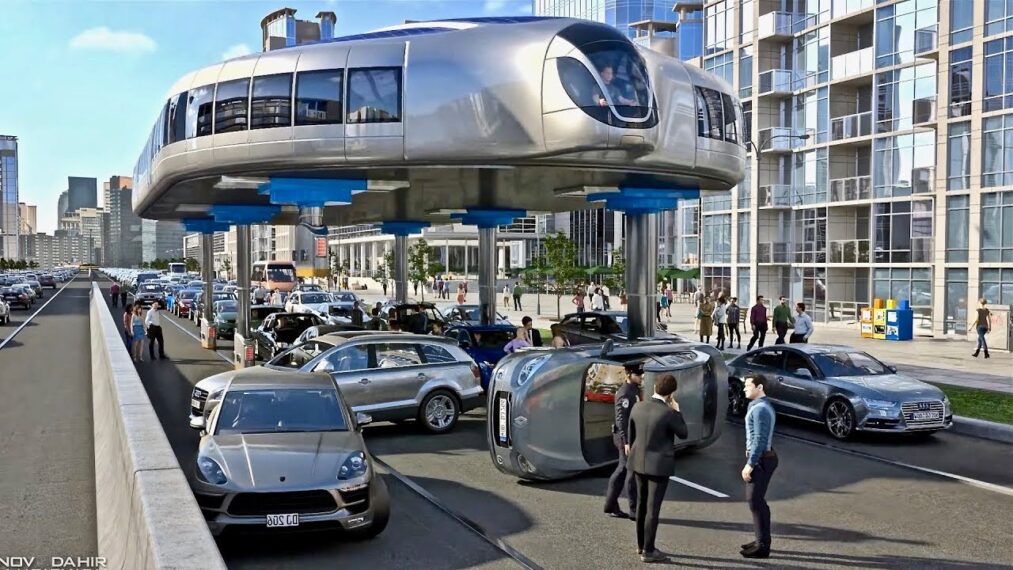
7. Next-Generation Lithium-Ion Batteries
The presence of lithium ions in lithium-ion batteries makes them rechargeable. The movement of these lithium ions through an electrolyte and towards the negative electrode happens when it is discharged and will be back while charging. The next generation of lithium-ion batteries will produce high energy and will help reduce costs in transportation technology.
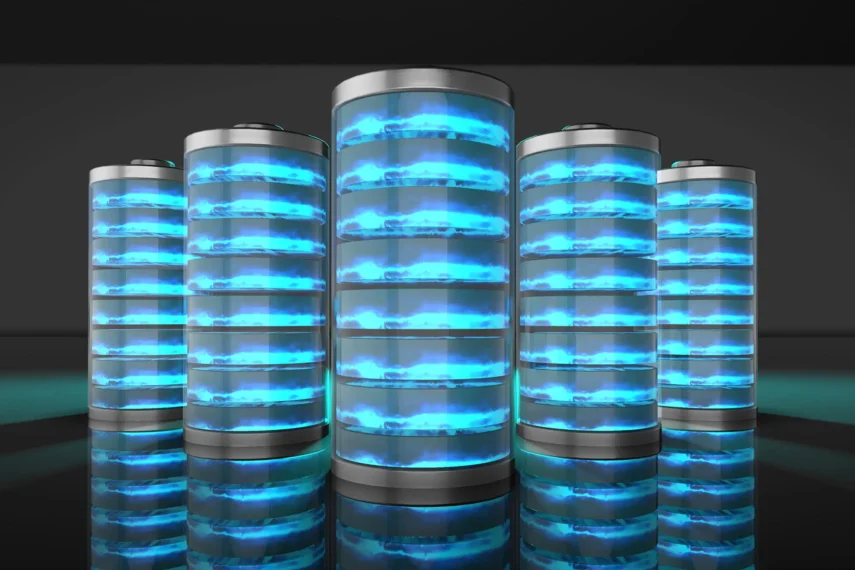
8. Lightweight Vehicle Materials
The new trend in vehicle transport systems is lightweight materials. The lightweight materials will help to reduce fuel costs by boosting fuel efficiency. The lightweight materials will also contribute to the safety of the vehicle and its efficiency of the vehicle. Carbon fibers, titanium, polymer matrix composites, carbon-fiber reinforced polymers, and composite materials are some examples of commonly used lightweight materials in vehicles.
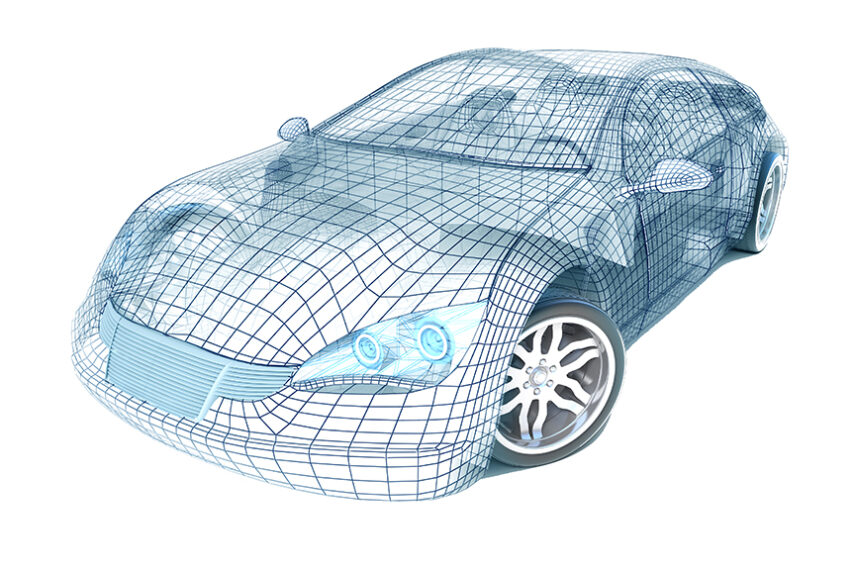
9. On-Demand Ride Services
A private vehicle is not affordable to everyone in society. And sometimes public transportation is time-consuming. So, requesting an immediate ride is a feasible option. And this requested immediate ride is known as on-demand ride services. Taxi services and Uber services are some of the examples of on-demand ride services.
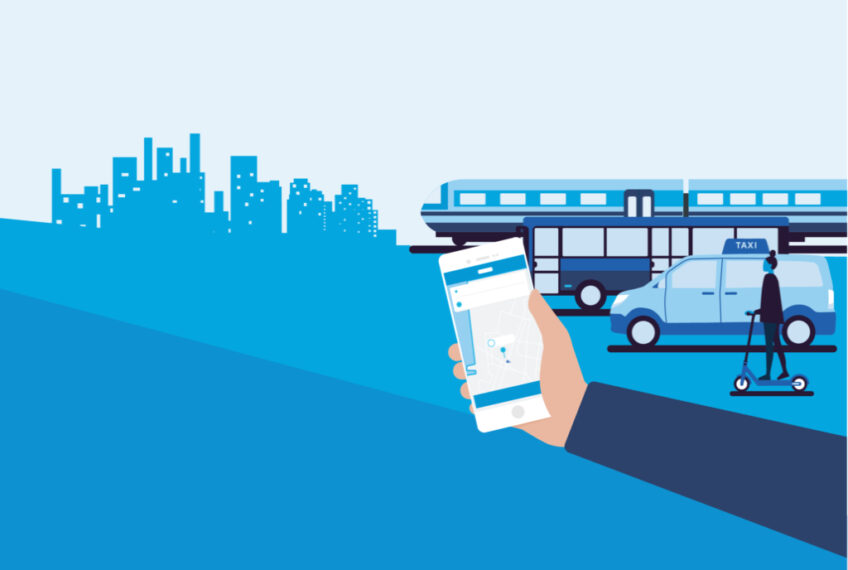
10. Flying Taxis
“Flying taxis” does not mean the cars or trucks are flying like in fantasy movies. Flying taxis are commercial aircraft taxi service. The services will be a short distance away. The aircraft used are electric. Since 2001, NASA has supported flying taxis in the United States. The United Kingdom has the first urban airport for flying taxis. It is an expensive option.
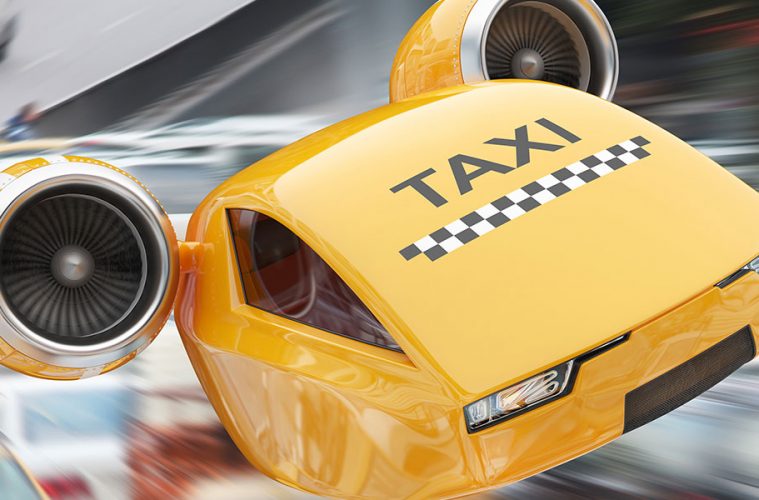
11. A Cloud-Based Transportation Management System
A transport management system is the management of transportation-related data through a technology-based platform. It is a common and popular system, and over 30% of companies use this technique. Cloud-based TMS or transport management system is the system in which all the data is stored and controlled by the cloud. Anyone with internet access could use the system effectively.
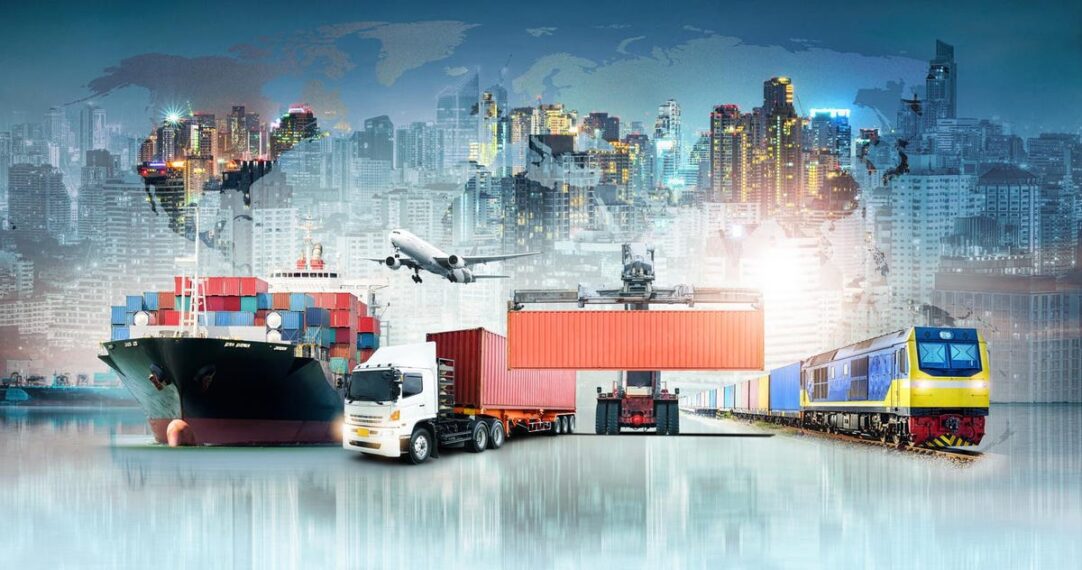
12. Hyperloop
The word “hyperloop” was popularized by the use of the famous entrepreneur and businessman Elon Musk. The name Hyperloop refers to a high-speed transportation system that is intended for both goods and public transportation. The projects based on this idea are developing. There are engineering-based difficulties in fulfilling the project.
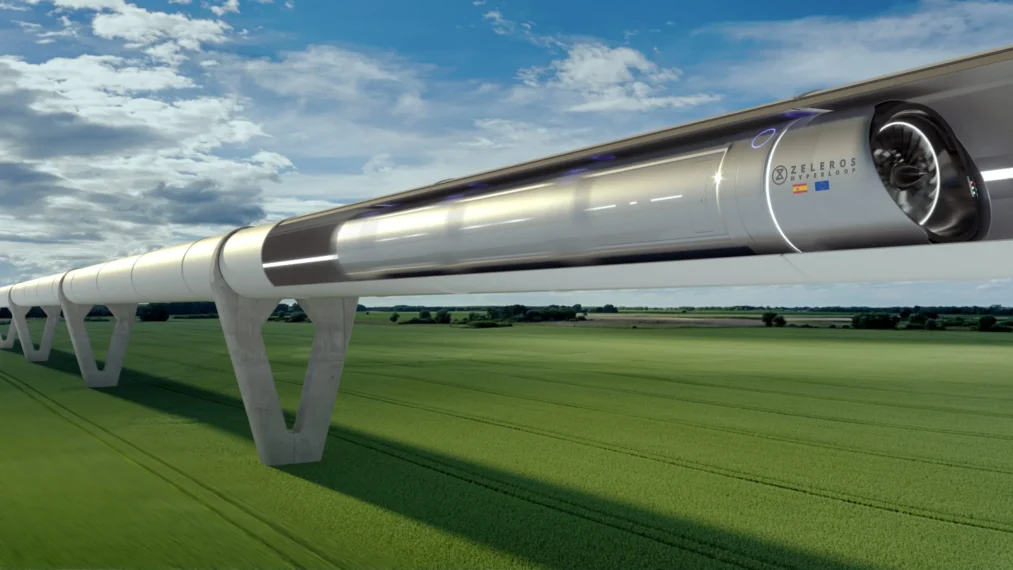
13. Uncrewed Ariel Vehicles (UAVs)
Uncrewed aerial vehicles are also known as crewless aircraft systems. These kinds of aircraft or vehicles do not need an operator inside. The popular unmanned aircraft is the ‘drone.’ The main attraction of these aerial vehicles is that anyone can control the vehicle from the comfort of their home. The rate of errors will decrease, and the risk to human life will not be there.
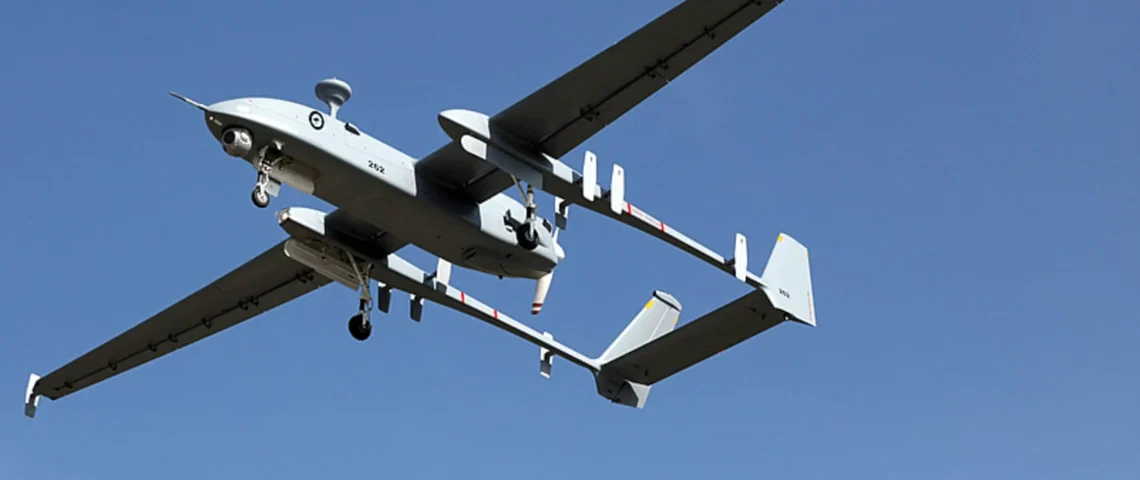
14. Mobility As A Service (Maas)
Transportation can be considered a basic need of modern humans. So, there are online platforms for everyone to reach out to different mobility services. Mobility as a service transport systems like GoGet or FlexiCar, ride-share apps like Uber, and micro-mobility services like Lime Scooters or Jump Bike are the major examples of mobility service transport systems.

15. High-Speed Rail
High-speed rail is a rail system, exclusively designed for a highly populated city or urban area. This kind of transport system will save the time of ordinary people with an effective cost limit. Bullet trains are the best example of a high-speed rail system. China is the first country with a 2/3 portion of high-speed rail in the world.
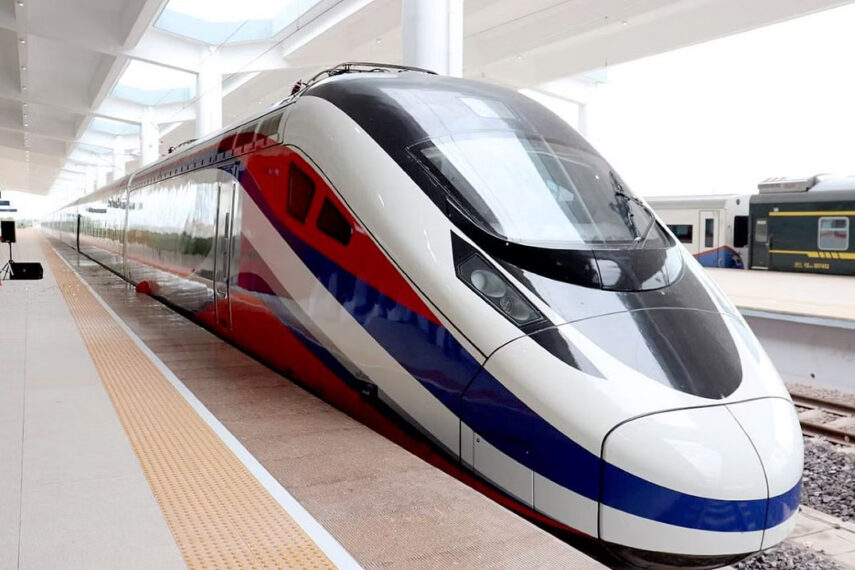
16. Real-Time Locating System
A real-time tracking system or real-time locating system is a mode of transportation in which the system can identify the location of the user or the object in real-time. The method is commonly used in a particular area or a building. The tracking is done through the wireless network system. It is mainly used for high-value asset tracking or employee tracking.
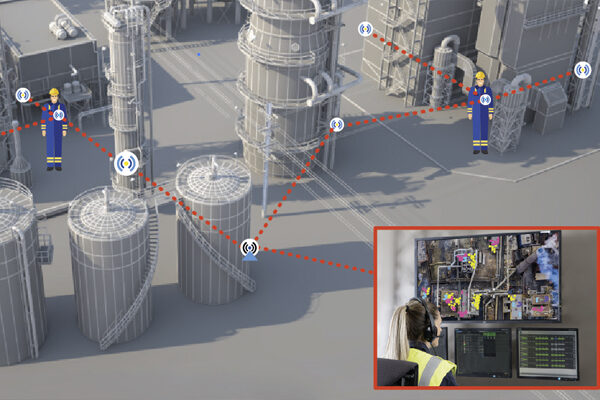
17. Blockchain In Logistic Industry
Blockchain has a significant role in the logistics industry – the transparency and efficiency of a company increase through the process. If you think it has nothing to do with transportation, you are wrong. Blockchain provides a verification tool for data in transport systems and supply chains. And the technology can track or access traffic and routes. Security and efficiency are assured through this method.
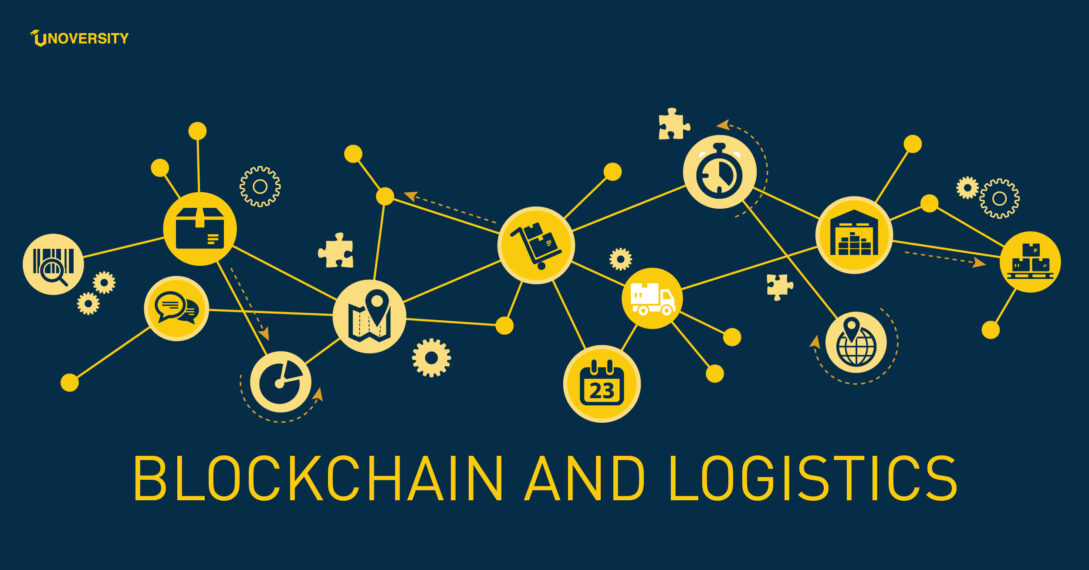
18. Predictive Analytics
As the name suggests, it is a method of predicting and assessing of future events and trends. And the prediction and analysis are made by the use of data. The stored data analysis will help to access future scenarios and can form potential strategies. And planning is always beneficial for any working system, including transport systems. Predictive analysis will make it safer, easier, cheaper, and faster.

19. Last Mile Delivery Robots
Robots are the great assistants of humans in every sector to simplify the workload. The use of robotics is normalized in the modern technological world. To make the delivery jobs easier and more errorless, companies are developing mobile robotics units. The main job will be the delivery of small goods. The autonomous system will be cost-effective and safe.
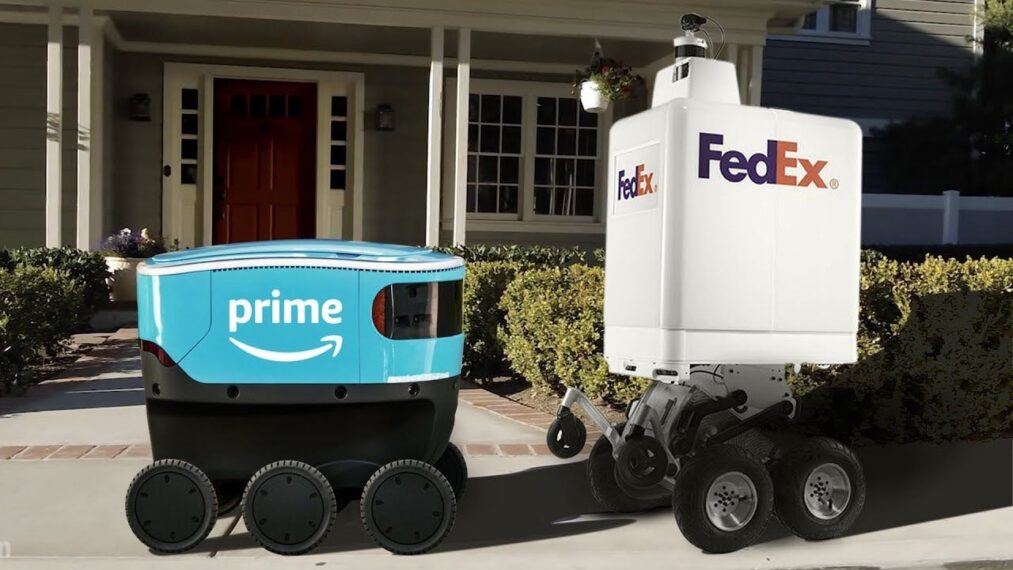
20. The Bicycle Sharing System
Personal vehicles are very costly these days because of the high fuel price. Public transport is the other option. However, jobs such as a delivery partner or going to school or the gym necessitate quick and affordable transportation options. Bicycle sharing is the best option to support that kind of need. Anyone could rent their bicycles in a city through apps or sites. It benefits both the owner and the user.
